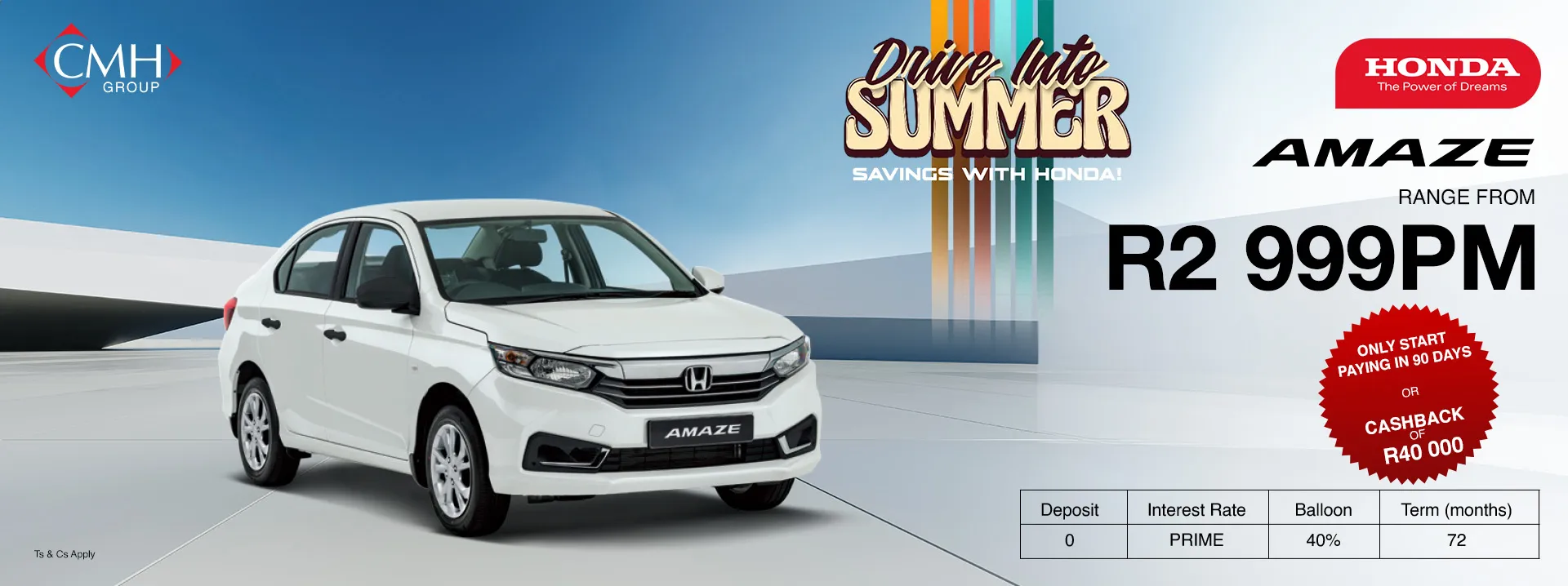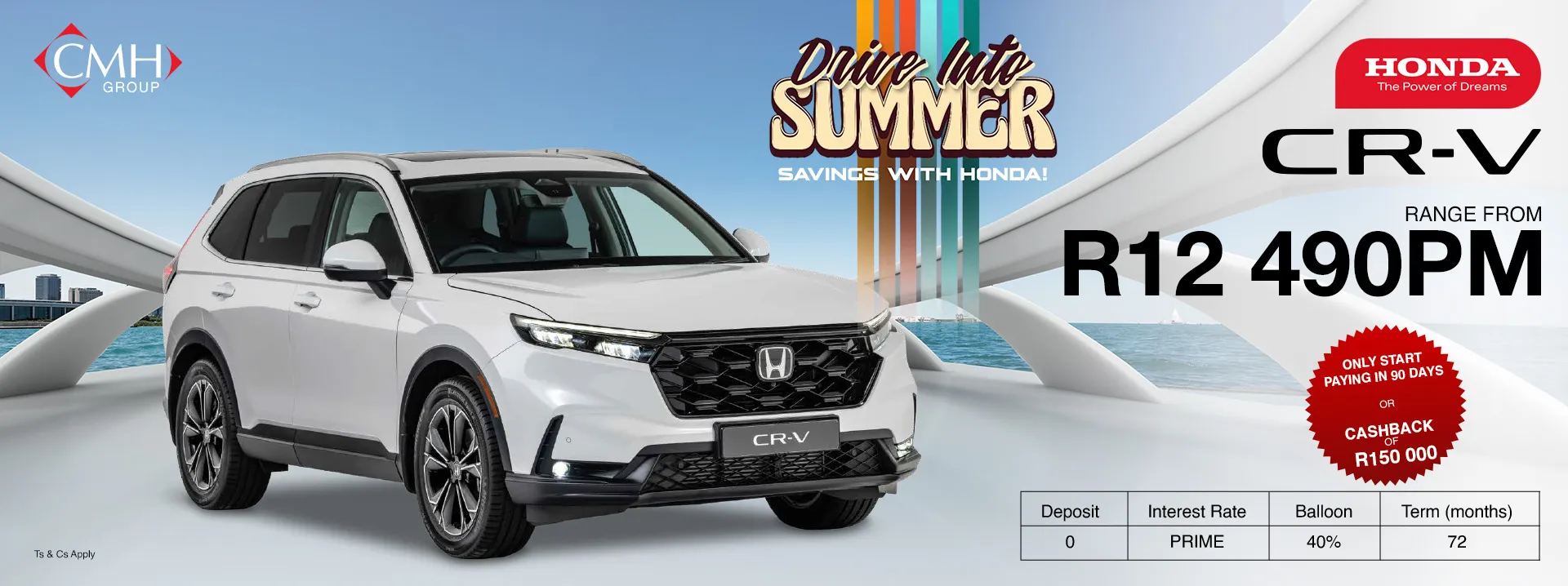- Change your oil
- Although this is something that needs to be done when needed, it’s especially important during winter months. You may even need to change the type of oil you use altogether. Your owner’s manual will give you clarity on which viscosity you should be using during colder temperatures. Winter generally requires a thinner oil.
- Check the ratio on your engine coolant (antifreeze)
- A ratio of 50/50 is acceptable during normal weather conditions but should be amended to 60/40 in winter.
- Check your battery
- There’s nothing more frustrating than being stuck with a dead battery, in colder temperatures your engine needs more current from the battery in order to start.
- As a first step, make sure you have enough charge left in your battery. Switch on the headlights before you start your engine. Then turn the engine on – if the lights get brighter, it could be an indication that your battery is dying.
- You can also test the actual voltage with a voltmeter or take your car to a mechanic to test it for you.
- Check the battery cables for any cracks or brakes and finally ask a mechanic to check the battery fluid for you and top it up if needed.
- Change your washer fluid and windshield wipers
- Get yourself a washer fluid with antifreeze solution. Windshield wipers should be replaced every 6 – 12 months depending on the amount of exposure to harsh weather conditions they receive. Rather play it safe by replacing your windshield wipers if they start looking worn down.
- Get a basic service
- The service interval for most Honda vehicles (and many other brands) are every 15,000km. If your scheduled service interval is likely to fall in the middle of winter, you might want to take it in a little early. At a Honda workshop we will check your belts and hoses, ignition, brakes, wiring, spark plugs and all filters as part of a basic service.
- Check your defroster and heater
- If you want to remain safe on the road this winter, you need your defroster and heater to work properly. Both of which can be costly to repair. One tip to save you money on an expensive defroster repair is to check for any air leaks around the doors and windows. These leaks can allow in extra moisture which will make it seem like you have a broken defroster.
- Check your tyres.
- Check the tread for wear and tear and check your owner’s manual to see what the correct air pressure in your tyres should be during winter months.
- Keep your fuel tank filled
- We can all agree that keeping your fuel tank filled is always a good idea, but there’s actually a pretty good reason behind why this is important during the winter.
- Apparently, cold weather can cause condensation to form in an empty or near empty fuel tank. The water can drip down into the fuel and travel to the bottom where it can then travel into your fuel lines. In winter, it can freeze in your fuel lines and block the flow of fuel to your engine.
- Get your car detailed
- This is not necessary, but if you’re worried about your car’s paint job it’s a good idea. It’s also a good idea to get a car wax that coats the body panels, which will help protect the paint from snow and salt damage.
- Beef up your car emergency kits
- If you don’t already have a car emergency kit – now is the time to get one. If you do have one, then now is the time to ensure it’s ready for any emergency winter could bring your way.


















